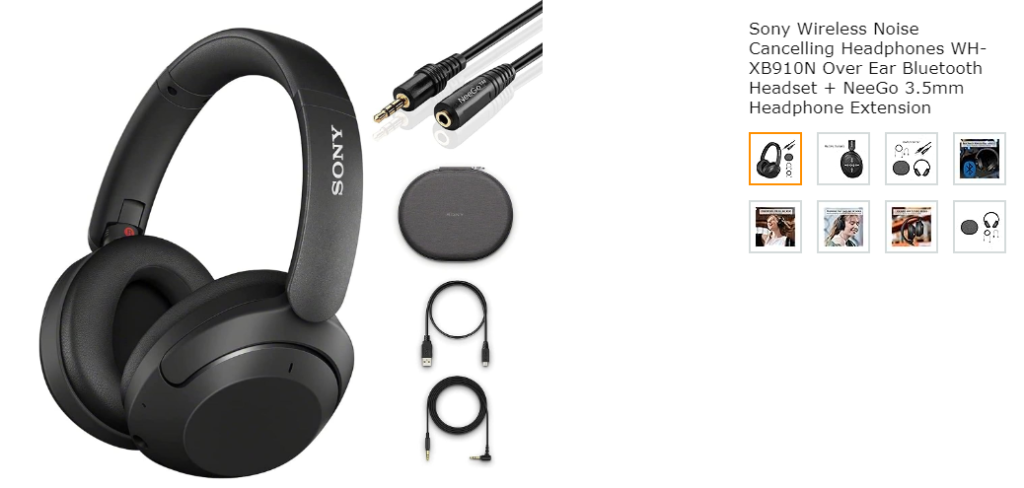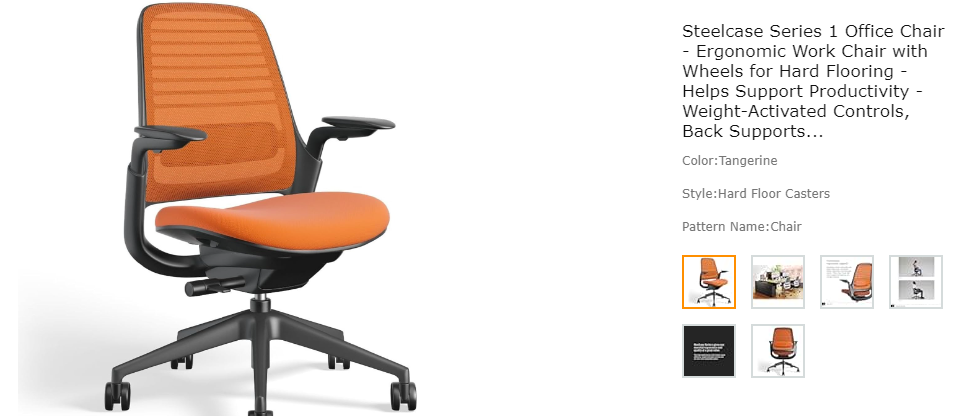Introduction
How to Write a Career Changing Resume with 7 Key Strategies – Changing careers can be an exciting yet daunting prospect. With an average of 12 different jobs over their lifetime, many people will make a career change at some point (https://www.apollotechnical.com/career-change-statistics/). However, transitioning to a new field also comes with the challenge of needing to stand out from other applicants who have more directly relevant experience.
When applying for roles in a new industry, you are essentially starting from scratch in terms of demonstrating your qualifications. Hiring managers will not be familiar with your background and previous companies. This means you need to take extra steps to showcase how your experience translates and highlight skills that are directly applicable to the new career path.
Crafting a tailored resume and cover letter that clearly communicates your fit and motivation for the role is crucial to overcoming barriers as a career changer. With strategic messaging, you can capitalize on transferable skills and shape your experience to align with the needs of the prospective employer. The key is customizing your application to tell a compelling career change story.

Craft an Effective Resume Objective
When changing careers, your resume objective is a critical way to communicate your motivation and interest in the new field. An objective gives you an opportunity to highlight relevant transferable skills from your experience that align with the target role.
To write a career changing resume, your objective should be concise, typically 2-3 sentences, while conveying your passion and fit for the new career. Avoid simply stating the job title you are seeking. Instead, explain why you are pursuing this change and how your background applies.
For example, someone transitioning from teaching to human resources could say: “Dedicated educator pivoting to human resources to utilize 5+ years experience fostering positive team environments and employee mentorship programs. Seeking to bring exceptional interpersonal and training skills to an HR coordinator role.”
This objective immediately explains the career change motivation while calling out transferable skills in mentoring, training, and team leadership. Tailoring your objective in this way can help get your resume noticed.
To ensure your objective aligns with the role, carefully review the job description for must-have skills and requirements. Then integrate relevant keywords from the posting to demonstrate your fit.
With a focused, customized objective, you can effectively introduce yourself as a motivated career changer with applicable strengths.

Emphasize Relevant Experience and Skills
When applying for a new career, it’s important to carefully select the most relevant experience and skills from your background and highlight them on your resume. This shows how you are qualified for the new role.
Specifically, you’ll want to quantify your achievements from previous positions to demonstrate the value you delivered. For example:
- Increased sales by 30% over 2 years by building new client relationships.
- Reduced costs by 15% through implementing process improvements.
- Managed a team of 10 to meet all project deadlines and under budget.
Additionally, call out transferable skills you’ve gained that align with keywords from the job posting. For instance, if communication, leadership, and analytical skills are desired, be sure to highlight times when you used those abilities. This illustrates you have the required competencies for the new career.
By quantifying your accomplishments and emphasizing relevant transferable skills, you can powerfully convey how your background has prepared you to take on new challenges in a different field.

Use a Combination Resume Format
A combination resume format is an excellent choice when changing careers, as it allows you to highlight both your relevant skills and work experience. This hybrid approach balances the emphasis on skills from a functional resume with the detailed work history of a reverse-chronological resume.
The combination format draws attention to your strengths right away in the skills section. This section can be listed first on the resume to showcase capabilities relevant to the new role. Quantify your skills and accomplishments from previous jobs to demonstrate you have what the employer is looking for.
Then the work experience section provides the details of your employment history in reverse-chronological order. Focus on responsibilities from past jobs that translate to skills needed for the new career. Be specific when describing how your experience applies to the target role. Tie together your skills and background to show how you are qualified despite coming from a different field.[1] [2]
The combination format brings together the best of skills and work history sections to draw attention to your strengths while also demonstrating you have the necessary background. This allows career changers to connect the dots for employers.

Translate Your Experience
It’s vital for a career change resume to clearly demonstrate how your skills and accomplishments from past roles translate to the responsibilities required for the new position. Hiring managers want to see concrete examples of your capabilities that align with the needs of their open role.
For example, let’s say you are transitioning from teaching into instructional design. Your work developing lesson plans, presenting information, and assessing learning can directly apply to designing training programs. Here are some examples of translating teaching skills to instructional design:
- Lesson planning shows you can outline learning objectives, structure content, and sequence activities. This is key for designing effective training curriculum and modules.
- Classroom teaching translates into experience conveying complex topics through examples, demonstrations and visual aids. These skills help you develop engaging training content.
- Assessing student comprehension demonstrates you can evaluate training and look for areas of improvement. It’s about continually refining the learning experience.
The key is being specific. Quantify results from past work that prove you have the abilities needed to excel in the new career. Let the hiring manager clearly visualize how your background maps to their requirements.
For further guidance, see this example of translating marketing skills Get started to business development from MyPerfectResume.

Leverage Your Cover Letter
Your cover letter provides the chance to explain your motivation for a career change and why you’re passionate about the new role. Elaborate on what excites you about the company and position. Show how your values, interests, and goals align with the job description.
Explain your reasons for transitioning from your previous career while highlighting transferable skills. Discuss how your background makes you uniquely qualified. Emphasize passion, enthusiasm, and fit rather than lack of experience.
For example, if changing from teaching to marketing, share how you leveraged communication skills daily to explain complex concepts and inspire understanding and interest. Draw connections between influencing students and persuading consumers.
Let your passion shine through while backing up claims with evidence of transferable skills and aligned values. Demonstrate self-awareness, motivation, and strategic vision for your career change. The cover letter is your chance to connect the dots and tell a cohesive story of why this next step is right for you.

Revise and Customize
Tailoring your resume and cover letter is crucial to make a compelling case for how your background matches the requirements for the new career path. You should customize both documents for every job application. Here are some tips:
- Carefully review the job posting and highlight all key requirements and preferred qualifications.
- Identify skills and achievements from your experience that align with each requirement.
- Incorporate relevant keywords from the job description throughout your resume and cover letter.
- Adjust your resume format, order of sections, phrasing of achievements etc. to fit each application.
- Rewrite your cover letter each time to explain why you are an excellent fit for that particular role.
It can be challenging to objectively evaluate your own resume when changing careers. Consider working with a career coach or recruiter to get unbiased feedback. They can advise you on customizing your resume and cover letter as well as practicing interview questions. Reaching out to your network and contacts at target companies is another way get insights on how your experience translates and how best to frame your background.
To Write a Career Changing Resume, remember, taking the time to tailor and refine your application materials for each job posting or networking interaction will ensure you put your best foot forward. You want to demonstrate a genuine interest in the company or role and highlight your fit for their specific needs.

Conclusion
Changing careers can seem daunting, but with careful planning and preparation, you can successfully transition to a new field. The key is taking the time to identify your skills, research opportunities, and craft customized application materials. With an updated resume and cover letter tailored for the role, you can clearly communicate your fit despite coming from a different background.
The most important takeaway is to connect your past experience and demonstrated abilities to the needs of the new job. Quantify achievements, emphasize transferable skills, and explain your career change motivation in your application materials. With persistence and continued networking, you can land interviews and make a smooth transition.
Next, continue researching roles and companies so you have a clear focus. Seek out career coaches and mentors in your desired field who can provide insights and advice. Practice explaining your reasons for change and how you will add value in interviews. With the right preparation and confidence in selling your relevant skills, you can successfully change careers and land your dream job.
Resources
Here are some additional resources for crafting a strong career change resume and cover letter:
- How to Write a Career Change Resume [With Template] – Article from Wharton Online with a free downloadable template.
- Updating Your Resume for a Career Change – Indeed’s guide to adapting your resume for a career change.
- Switching Careers? Here’s How to Write a Strong Resume. – HBR guide to career change resume strategies.
There are also many free resume templates and builder tools online to help craft an effective document. Tailor your resume carefully for each application.
Related Articles
Here are some other helpful resources for smoothly switching to a new career:
- Resume Guide for Career Changers – Monster’s tips for resumes when changing fields.
- How to Make a Career Change Resume – The Muse’s guide to resumes for career transitions.
- How to Change Careers – Glassdoor’s comprehensive guide to switching career paths.
For additional tips and advice, explore these career change resources:
